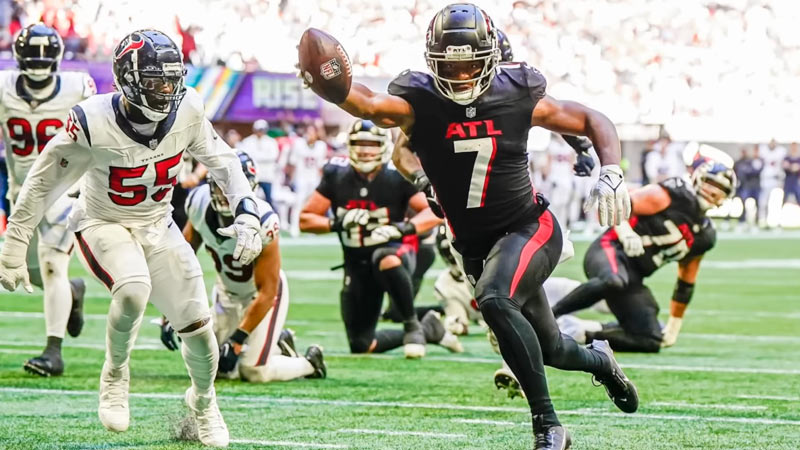Delving into the intricate rules governing American football touchback rules unveils a crucial aspect of the game that significantly influences field position and possession.
From kickoffs to punts, the touchback rules are nuanced, impacting strategic decisions and shaping the ebb and flow of each match.
This exploration will guide you through the scenarios leading to touchbacks, the strategic implications for teams, and the subtle variations across different levels of the sport.
As we dissect the dynamics of touchbacks, you’ll gain a comprehensive understanding of how this rule shapes the strategic landscape of American football, making it an essential aspect for players, coaches, and avid fans to grasp.
What is a Touchback in American Football?
In American football, a touchback occurs when the ball becomes dead behind the goal line after a legal kick, pass, or fumble by the offensive team.
This can happen during various situations, such as kickoffs, punts, or defensive plays.
When a touchback is declared, it signifies that the offensive team gains possession at a standardized starting point—typically their own 20 or 25-yard line, depending on the level of play.
The receiving team can secure a touchback by strategically deciding not to advance the ball out of their end zone, ensuring a secure starting position for their offensive possession.
Realizing touchback rules is crucial for players, coaches, and fans, as it plays a pivotal role in determining field position and possession during a football game.
When Does a Touchback Occur?
In American football, a touchback is a pivotal occurrence that influences field position and possession.
It is essential to grasp the specific situations in which a touchback occurs to understand its impact on the game.
Let’s delve into the circumstances that lead to the declaration of a touchback in American football.
Kickoff Scenarios
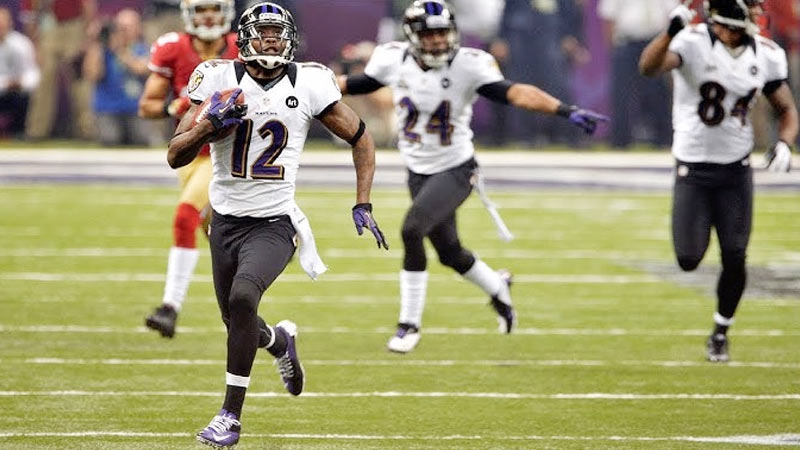
One primary instance in which a touchback occurs is during kickoffs.
If the ball is kicked into the end zone, and the receiving team decides not to run the ball out, or if the ball is downed or goes out of bounds in the end zone, a touchback is declared.
This strategic decision allows the receiving team to start their offensive possession at the 20-yard line.
Punting Situations
Touchbacks can also unfold during punt plays.
If the punting team successfully sends the ball into the opponent’s end zone, and the receiving team does not attempt to return the punt, resulting in the ball being downed or going out of bounds in the end zone, a touchback is signalled.
This gives the receiving team a starting position on their 20-yard line.
Defensive Plays in the End Zone
Defensive plays in the end zone can lead to touchbacks as well. A touchback is declared if a defensive player intercepts a pass or recovers a fumble in the end zone and cannot advance the ball out of the end zone.
This defensive touchback allows the team in possession to start their offensive series at the 20-yard line.
Failure to Advance from the End Zone
Generally, a touchback occurs when the ball becomes dead behind the goal line after being legally kicked, passed, or fumbled by the offensive team, and the offensive team fails to advance it out of the end zone.
This can happen in various situations, including kickoffs, punts, or offensive plays, influencing the starting position of the next offensive series.
Strategic Decisions and Risk Mitigation
Coaches and players often make strategic decisions related to touchbacks based on the game context and field position.
Opting for a touchback in specific scenarios can be a calculated move to minimize risk, secure a better field position, and set the stage for the next offensive possession.
Understanding when a touchback occurs is fundamental for players, coaches, and fans alike, as it adds a layer of strategic complexity to the game.
The Role of the Returner in American Football
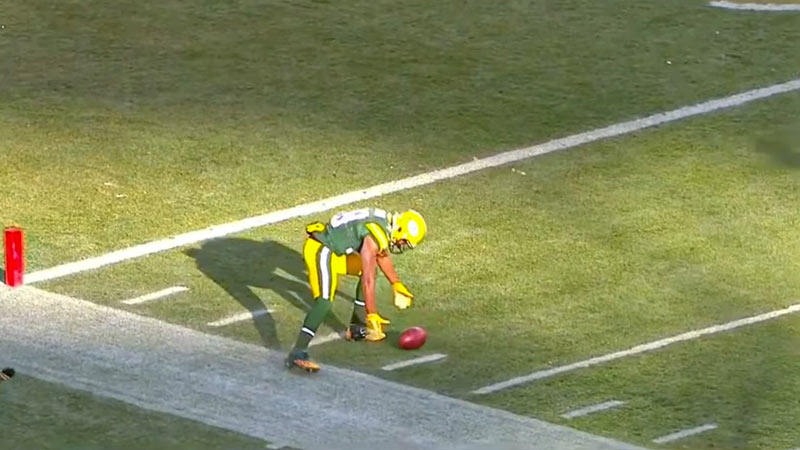
In American football, the returner plays a pivotal role in special teams, impacting the field position and momentum of the game.
Whether on kickoffs or punts, the returner navigates through opposing players to advance the ball for their team.
Let’s delve into the essential responsibilities and contributions of the returner in the dynamic landscape of American football.
Field Position Impact
The returner’s primary responsibility is to impact the positive team’s field position.
By successfully fielding a kickoff or punt and advancing the ball as far as possible, the returner aims to provide their offensive unit with an advantageous starting position.
This can significantly influence the overall strategy and success of a drive.
Evasion and Agility
Returners are often known for their agility, speed, and ability to elude defenders. Navigating through the opposing team’s coverage requires quick decision-making and nimble footwork.
A skilled returner can turn what seems like a routine play into an electrifying run, gaining valuable yards and potentially scoring a touchdown.
Risk and Reward
The role of the returner involves a calculated balance between risk and reward.
While an explosive return can energize a team and its fans, attempting to navigate through defenders also comes with the risk of fumbling or being tackled deep in one’s territory.
Returners must assess the situation, weighing the potential benefits against the inherent risks.
Special Teams Momentum
Successful returns often contribute to the momentum of a game. A well-executed return not only improves field position but can also ignite enthusiasm among teammates and fans.
Conversely, a solid defensive effort by the coverage team to prevent a significant return can swing momentum in their favour.
Versatility and Skill Set
Returners are typically versatile players with a unique skill set that combines speed, agility, vision, and ball-handling abilities.
Some teams designate specific players as primary returners due to their exceptional skills.
The returner’s proficiency in reading the field, making split-second decisions, and executing evasive manoeuvres is crucial to their success.
Football Touchback Rules
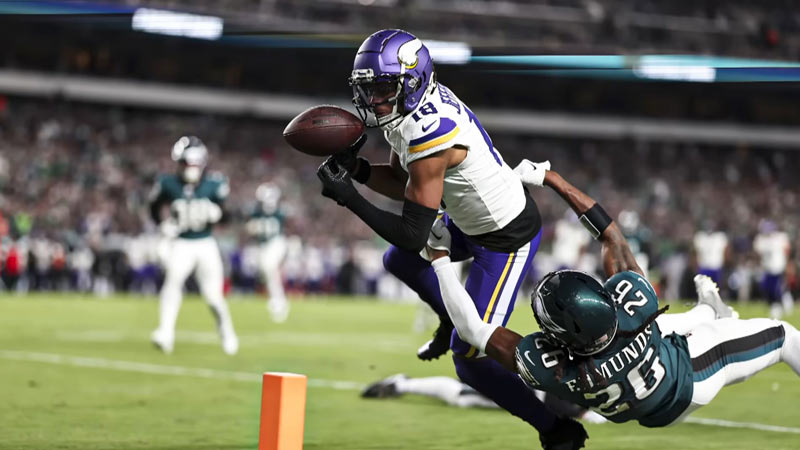
Understanding the rules surrounding touchbacks in football is crucial for players, coaches, and fans alike.
Touchbacks have specific regulations that dictate field position and possession, whether occurring on kickoffs or punts. Let’s explore the fundamental rules governing touchbacks in the realm of football.
Kickoff Touchback Rules
A touchback is declared on kickoffs when the receiving team decides not to run the ball out of their end zone after a kickoff.
If the ball is caught in the end zone and the player takes a knee or indicates a lack of intent to advance, the result is a touchback.
The receiving team gains possession at their 25-yard line in many professional leagues, providing a strategic advantage.
Punt Touchback Rules
Similar to kickoffs, touchbacks can occur on punts.
If the punting team successfully sends the ball into the opponent’s end zone, and the receiving team does not attempt to return the punt, resulting in the ball being downed or going out of bounds in the end zone, a touchback is signalled.
This awards the receiving team possession at their 20-yard line.
Defensive Touchbacks
Touchbacks can also be a result of defensive plays. A touchback is declared if a defensive player intercepts a pass or recovers a fumble in the end zone and can advance the ball out of the end zone.
In this case, the team that would have been on offence gains possession at their 20-yard line.
Kickoff Out of Bounds
If a kickoff goes out of bounds without being touched by a receiving team player, it results in a penalty, and the receiving team can choose to take the ball at the 40-yard line instead of the 25-yard line.
This provides an alternative to the traditional touchback scenario and can impact field position.
Touchback in College Football
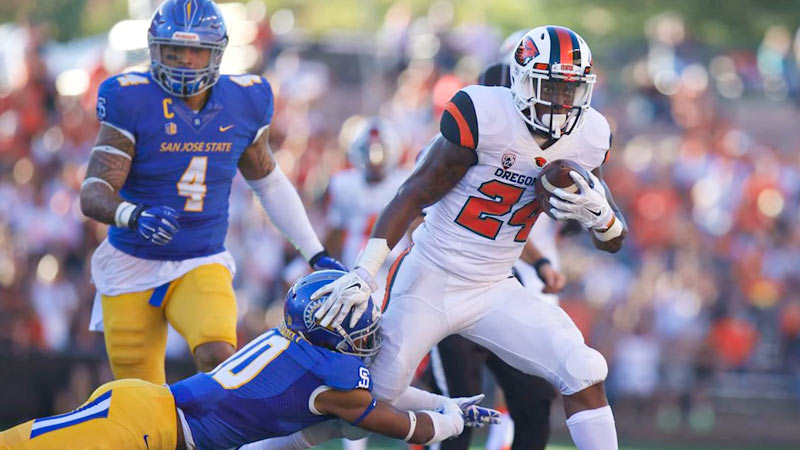
In college football, the touchback rules for kickoffs are slightly different than in the professional leagues.
If the receiving team calls for a fair catch on a kickoff and catches the ball inside their 25-yard line, it results in a touchback, and the team starts their possession at the 25-yard line.
Understanding these touchback rules is essential for players and coaches to make informed decisions during a game.
Touchback vs. Other Outcomes
In football, the outcome of a play can have a profound impact on field position and possession. A touchback is an outcome with distinct implications, differing from other possible results.
Let’s explore the contrast between a touchback and other outcomes in the game context.
Touchback vs. Kickoff Return
A touchback on a kickoff occurs when the receiving team decides not to run the ball out of their end zone or if the ball goes out of bounds without being touched.
In contrast, a kickoff return involves the receiving team fielding the ball and attempting to advance it up the field.
The decision between a touchback and a return depends on strategic considerations, as a triumphant return can provide a better field position. In contrast, a touchback guarantees possession at a standardized starting point.
Touchback vs. Punt Return
Similarly, the decision between a touchback and a return is crucial on punts. A touchback is declared if the punt is successfully downed or goes out of bounds in the end zone.
On the other hand, a punt return involves the receiving team attempting to advance the ball after catching it.
Teams weigh the risk and potential reward, considering factors such as the skill of the returner and the likelihood of gaining significant yardage.
Touchback vs. Defensive Stop
Defensive plays in the end zone, such as interceptions or fumble recoveries, may result in a touchback if the defensive player cannot advance the ball out of the end zone.
Alternatively, a successful defensive stop without a touchback could occur if the defensive player gains positive yardage or secure possession in the opponent’s territory.
The strategic implications of these outcomes influence team tactics and field position.
Kickoff Out of Bounds vs. Touchback
If Supposekickoff goes out of bounds without being touched by a receiving team player, i. In that case, results in a penalty, and the receiving team can take the ball at a more advantageous starting position, typically at the 40-yard line.
This scenario provides an alternative to the traditional touchback, allowing teams to capitalize on the penalty for improved field position.
Impact on Momentum and Strategy
The choice between a touchback and other outcomes is not only a tactical decision but also affects the momentum of the game.
Successful returns can energize a team and its fans, while touchbacks provide a secure starting position.
Coaches and players must carefully consider the current game situation, the skill of the return team, and the potential risks and rewards when deciding between these outcomes.
Understanding the distinctions between a touchback and other possible outcomes is fundamental to strategic decision-making in football.
FAQs
What is a touchback in American football?
A touchback occurs when the ball becomes dead behind the goal line after a legal kick, pass, or fumble by the offensive team.
This can happen on kickoffs, punts, or defensive plays, resulting in the offensive team gaining possession at a standardized starting point.
When does a touchback happen on kickoffs?
A kickoff touchback occurs when the receiving team decides not to run the ball out of their end zone after catching a kickoff.
The ball is declared dead, and the receiving team starts their possession at the 25-yard line in many professional leagues.
Can a punt result in a touchback?
Yes, a punt can result in a touchback.
Suppose the punting team successfully sends the ball into the opponent’s end zone, and the receiving team does not attempt to return the punt. In that case, a touchback is signalled, giving the receiving team possession at their yard line.
What happens if a kickoff goes out of bounds?
If a kickoff goes out of bounds without being touched by a receiving team player, it results in a penalty.
The receiving team can take the ball at the 40-yard line instead of the 25-yard line, providing an alternative to the traditional touchback.
Are there different touchback rules in college football?
Yes, there is a slight difference in kickoff touchback rules in college football.
If the receiving team calls for a fair catch on a kickoff and catches the ball inside their 25-yard line, it results in a touchback, and the team starts their possession at the 25-yard line.
Wrapping Up
In American football, where inches matter, and strategic decisions shape the outcome, understanding touchback rules is akin to decoding a crucial chapter in the playbook.
From kickoffs echoing the stadium’s roar to punts sculpting field positions, the touchback rules play a silent but profound role. It’s more than a mere technicality; it’s a strategic dance influencing the game’s rhythm.
Armed with this knowledge, players, coaches, and fans alike can appreciate the subtle ballet of choices made in the pursuit of victory, where the touchback rules become a symphony, conducting the flow of a game with precision and strategy.
As the echoes of the final whistle fade, the impact of touchback rules lingers, a silent architect shaping the narrative of each football encounter—best of luck.

